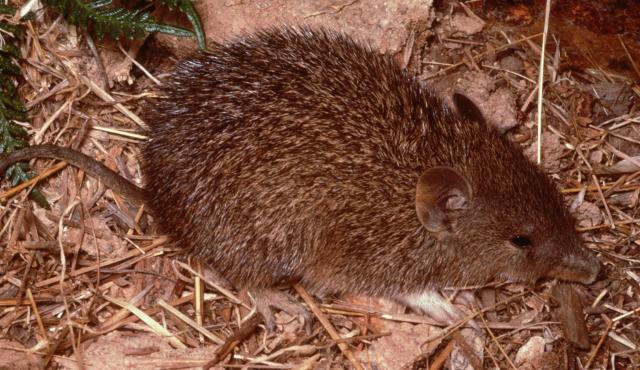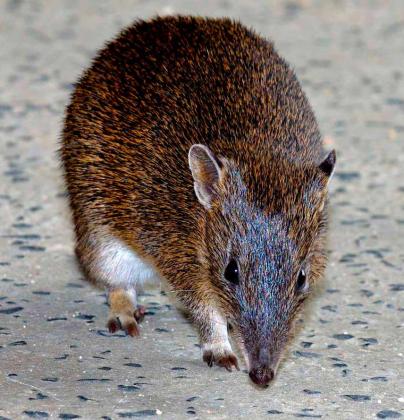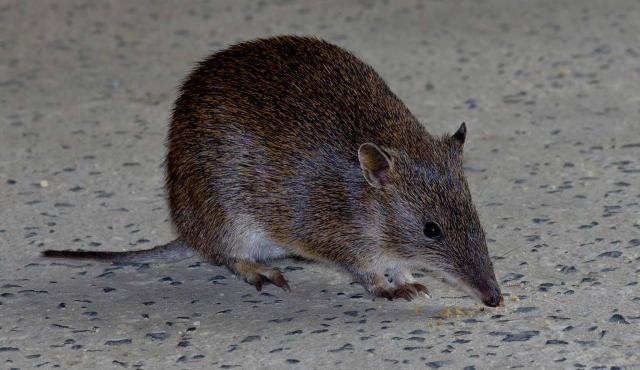A range of teacher professional learning programs will be developed to accompany the Biodiversity of the Western Volcanic Plains online outreach...




Southern Brown Bandicoot
Isoodon obesulus obesulus
Mostly active at night; spends the daytime sheltering in a hollow log or a well hidden shallow hole in the ground lined with leaf litter. Digs narrow, cone-shaped holes in the soil in search of food. Prefers to stay close to cover when in search of food. Breeding can occur between winter and autumn, usually 2-4 young per litter, with up to three litters per year. Survival depends on finding and defending an adequate territory; a large adult may need 7 hectares. They usually live alone and can live up to 3 years.
| Details | Description |
| Type | Mammal |
| Group | Marsupial |
| Other Common Names | Short-nosed Bandicoot |
| Identifying Characteristics | |
| Distinctive Markings | Cone-shaped nose. Short tail. |
| Diet | Omnivore. Insects including cicadas, moths and butterflies, also worms and other invertebrates. Plant roots from native grasses and herbs, tubers including the Yam daisy and fungi. |
| Habitat | Lives in woodland and forest with heath or shrub understorey, also coastal heath and scrub. Prefers a mosaic of areas including some burnt areas as regenerating vegetation after fire supports more abundant insect food. |
| Native Status | Native to Australia |
| Taxonomy | |
| Phylum | Chordata |
| Class | Mammalia |
| Order | Peramelemorphia |
| Family | Peramelidae |
| Genus | Isoodon |
| Species | obesulus obesulus |

Distribution maps indicate current and historic locations where species have been sighted.
Source: Atlas of Living Australia
| Conservation Status | |
| DEPI Advisory List | Near threatened |
| FFG Act | Listed as threatened |
| EPBC Act | Endangered |
The conservation status of species is listed within Victoria and Australia.
The Department of Environment and Primary Industry (DEPI) Advisory List consists of non-statutory advisory lists of rare or threatened flora and fauna within Victoria.
The Flora and Fauna Guarantee Act 1988 (FFG Act) lists threatened species in Victoria. Under the Act, an Action Statement is produced for each listed species.
The Environment Protection and Biodiversity Conservation Act 1999 (EPBC Act) is the Australian Government’s key piece of environmental legislation, listing nationally threatened native species and ecological communities.



